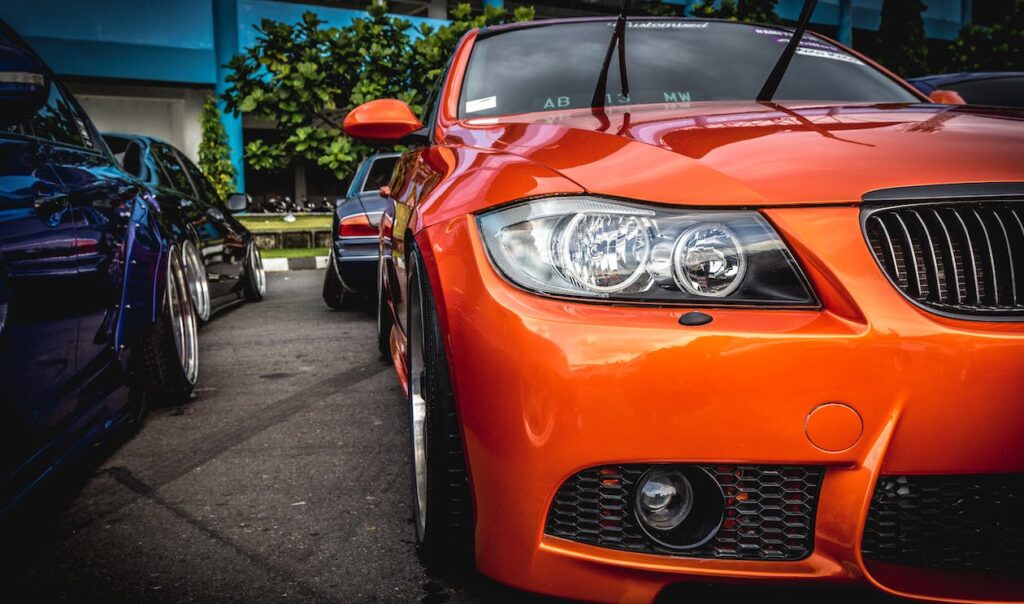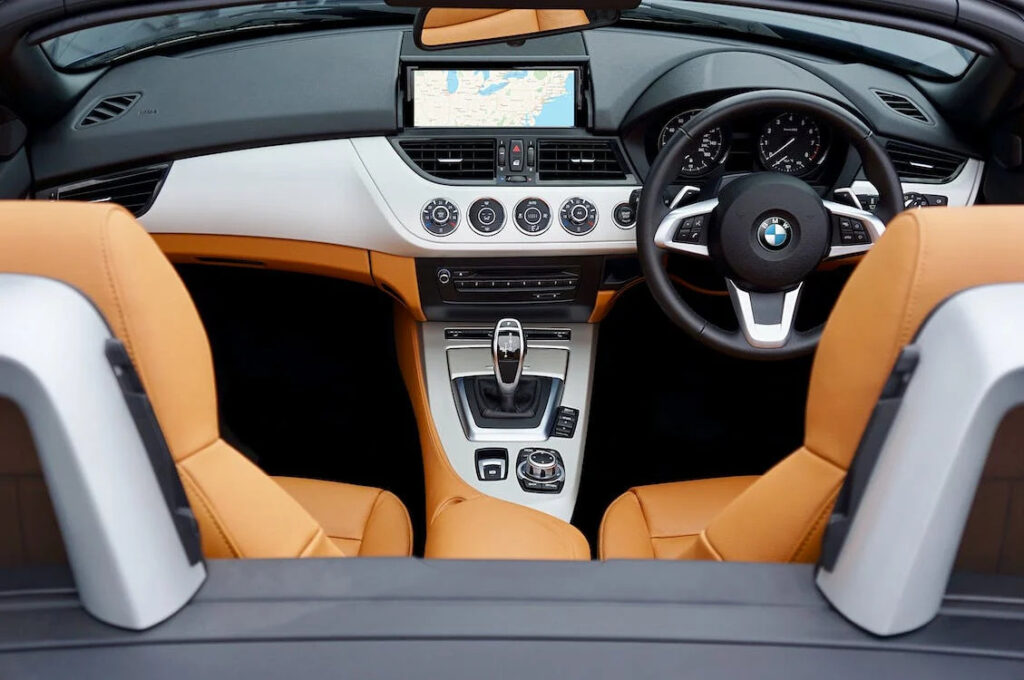
The Ultimate Cars Checklist: A Comprehensive Guide to Ensure Your Vehicle is in Top Condition
Regarding car maintenance, having a cars checklist can be a game-changer. It helps ensure that every important aspect is noticed, keeping your vehicle in top condition. This comprehensive guide will give you with an ultimate car checklist that includes all of the important areas that you should inspect and repair on a regular basis. By using this checklist, you can extend the life of your vehicle, improve its performance, and keep yourself safe on the road.
Section 1: Pre-Driving Checks
It is critical to do certain pre-driving tests before hitting the road. Here’s a cars checklist to get you started:
Check the Tires:
First, check your tire pressure to ensure that it is comfortably within the recommended range. Next, keep an eye on your tires for signs of wear or damage. If you detect any issues, don’t be hesitant to replace the tires. be safe, and be sure you properly inspect the spare tire as well.

Test the Lights:
First, check the headlights, taillights, brake lights, and turn signals on your car. Make certain that each one is properly inspected for proper functionality. If you discover any bulbs that aren’t working properly, replace them immediately.
Test the Brakes:
Give the brake pedal a nice, firm push and watch how it reacts. Pay close attention and keep an ear out for any strange or unexpected sounds or vibrations when applying the brakes. If you see anything out of the ordinary, take your car to a professional for a thorough brake inspection.
Section 2: Engine and Fluids
Maintaining the condition of your engine and fluids is critical to the overall functioning of your vehicle. Here are the essential areas to concentrate on:
Engine Oil:
First, make sure the oil level is exactly where it should be. If you notice that the oil is dirty or has a burnt aroma, it’s probably time for an oil change. Don’t forget to replace the oil filter!
Coolant:
To begin, check the coolant level in your vehicle. If it’s getting low, you can top it up as needed.
Following that, you should inspect the cooling system. Look for any concealed leaks or drips. Coolant should not leak anyplace it should not.
Finally, determine if it is time to change the coolant. When to clean and replace the coolant is determined by the manufacturer’s instructions. Everything boils down to keeping your engine running smoothly!
Transmission Fluid:
First, check the fluid level and overall condition of the gearbox. When it comes to replenishing the fluid, it’s best to stick to the manufacturer’s directions – they’re usually spot on!

Section 3: Interior and Safety Features
Keeping your inside clean and safe is important not just for your comfort but also for your safety. Here’s what you should look into:
Seatbelts:
Examine the seatbelts carefully for any signs of fraying or damage. Check that they retract smoothly and securely.
Airbags:
Examine the airbag indicator light to check it is working properly. If you find the light is illuminated or flashing, have it checked by a qualified technician.
Dashboard Warning Lights:
Keep an eye out for any danger lights on your dashboard. If you see any of those little fellas light up, you should address the issue below as soon as possible.
Section 4: Exterior and Body
Your car’s exterior not only enhances its appearance but also protects it from the weather. Here’s what to look for:
Body Damage:
Examine the exterior of your vehicle for dents, scratches, or evidence of rust. If you come across any, it’s a good idea to deal with them right away. That way, you can keep those pesky concerns from worsening in the long run.
Windshield and Wipers:
Take a good check at the windscreen to see if there are any cracks or chips. It’s critical to keep your windscreen in good condition. Next, pay attention to those dependable wiper blades. If you discover they’re no longer doing their job properly, don’t be afraid to replace them. After all, having clear visibility on the road is critical!
Mirrors and Lights:
Before you hit the road, double-check that all of your mirrors are correctly calibrated and intact. Take a moment to inspect your headlights, taillights, and indicators. It’s critical that they’re all in good operating order so you can drive safely and confidently.
Keyless Car Theft Safety
The market offers you various tools for protecting your automobile, but it’s hard to find the one among them which ensures guaranteed safety. Some of them are traditional alternatives and some of them imply using special boxes or wallets for the key fob to block the signal and make it impossible for hackers to use signal boosters. However, nothing can be as effective as an innovative compact chip –called a Smart Keyless Keeper. This specifically engineered chip is designed to counter signal boosters, rendering it virtually impossible for criminals to hack into your vehicle. To benefit from its features, all you have to do is purchase the compact chip and install it yourself into your key fob. The chip encompasses the battery from both sides and utilizes a motion sensor to detect movement, thus enabling the key fob to be turned on or off accordingly.
Conclusion:
What exactly is the cars checklist? Maintaining your car on a regular basis is critical for its longevity, performance, and safety on the road. You may ensure that no area of your vehicle is overlooked by following the complete cars checklist provided in this article. Remember that when it comes to your car, it’s always better to prioritise prevention over treatment. So, why not make it a point to perform those routine inspections? It’s all about recognising problems early and dealing with them quickly. Trust me when I say that a well-maintained car will provide you with years of smooth, trouble-free driving.




